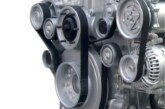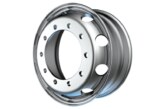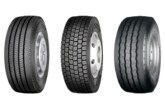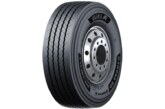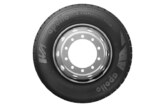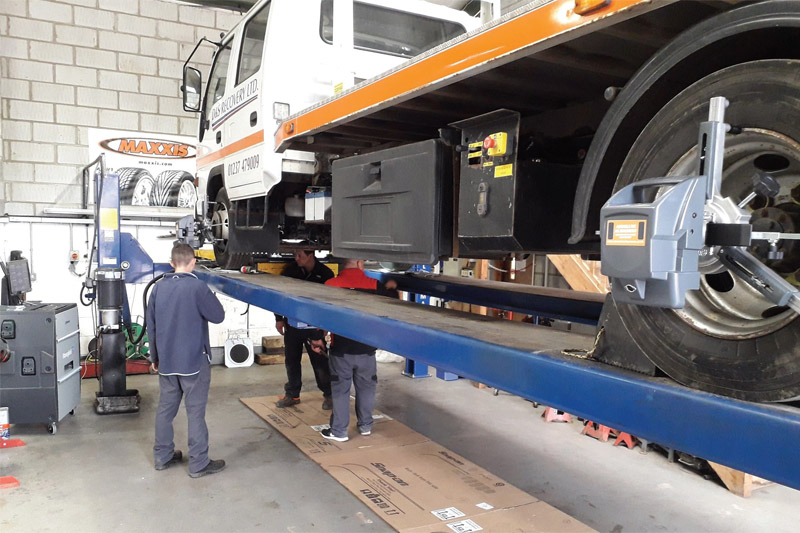
With the release of its new Bluetooth commercial vehicle wheel aligner, Absolute Alignment explains how the technology can fit into the workshop, and provides best practice guidance.
Absolute Alignment claims its recently launched Bluetooth wheel alignment equipment is the only one of its kind available in the UK, and is reported to be able to perform four-wheel alignment on every car and truck that may enter a workshop. The wheel aligner has been trialled on a range of different applications: multi-axle trucks, Transit vans, mini buses and trailers. Versatility can result in profit for workshops, which has led to this machine being very popular with commercial dealers, as it makes wheel alignment simple and cost effective for fleets.
Chris Dear, Absolute Alignment’s Technical Director, said, “As a new product for the UK market place, this commercial vehicle aligner has brought professional truck wheel alignment to a lower price point. It’s quick and easy to use, giving manufacturer approved equipment to commercial workshops.”
With a datum point set from one axle on a multi-axle vehicle, the entire truck can be aligned from that single point for a fast and efficient wheel alignment process. This even allows technicians to align twin rear axle vehicles, also known as twin steer. Each head has a remote control to allow the full alignment process to be run from any corner of the vehicle.
Featuring no run out truck wheel clamps, the aligner reportedly saves 20 minutes per operation. The direct contact charging and calibration system also allows the whole alignment package to be cable free. Extra-long front alignment heads enable its use on both commercial vehicles and passenger cars, with the latest software allowing for unlimited axles.
10 steps to wheel alignment
The company’s new system does make the job easier, but there are still vital steps that need to be taken to ensure successful alignment. Here, Absolute Alignment runs through the ten steps to wheel alignment:
- Check and correct any wear or play in the suspension components before starting any alignment procedure
- Always drive forward onto the alignment lane to ensure the suspension bushes are loaded up in the same direction that the vehicle will be driving on the road
- Avoid jacking any axles to ensure the suspension is in its natural loaded position on the vehicle
- Check tyre pressures are correct
- Make sure the wheel clamps are correctly and uniformly fitted on all wheels
- Select the correct vehicle data in the wheel alignment program
- Follow the program 100%. When the program asks you to lock the brakes on, make sure you do exactly that. This procedure is vital to allow correct caster measurements on your steering axels
- Start from the back axle of the vehicle. All alignment angles are worked out from the rear thrust angle and then you should work forward
- Work through the alignment adjustments (where possible) for caster, then camber, and then finally, tow
- Always save the job to the aligner to keep your customer records up-to-date. A print out showing the before and after adjustments can also be given to the customer.

